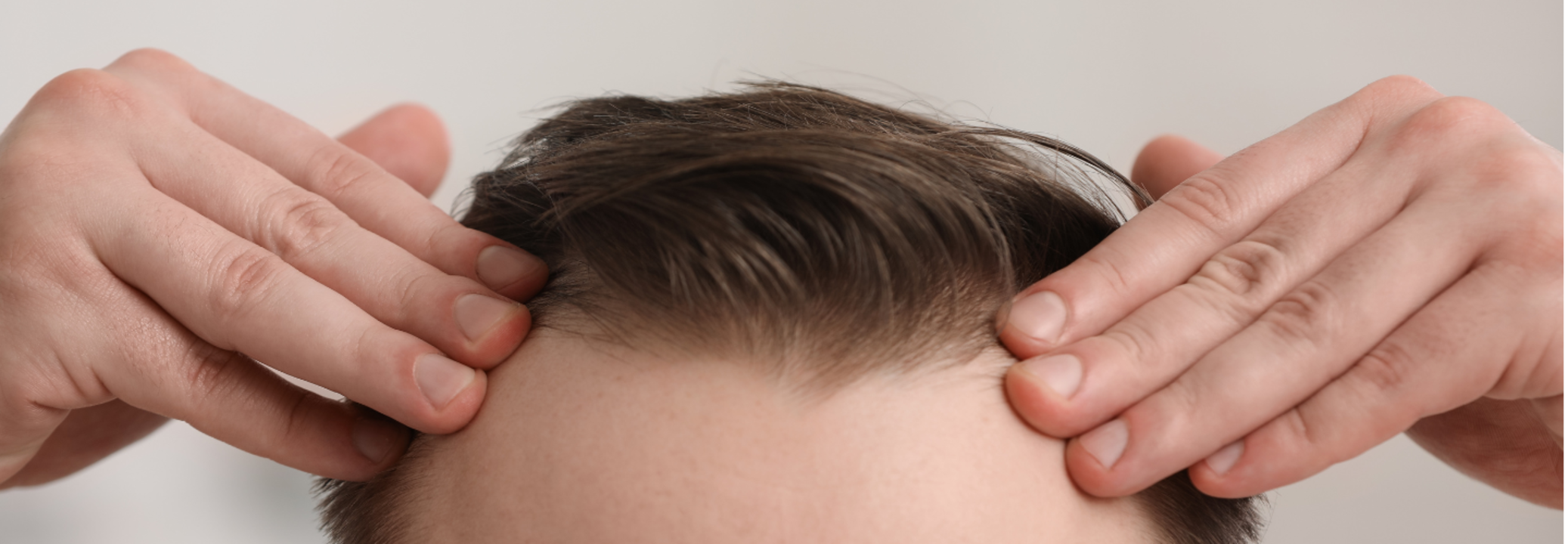Why Is Your Hairline Receding?

Why Is Your Hairline Receding?
SummaryAs we age, hair naturally goes through cycles of growth and shedding. However, over time, these cycles slow down and hair structures become weaker. This causes hair to grow back thinner or in some cases, not grow back at all.
End of Article
